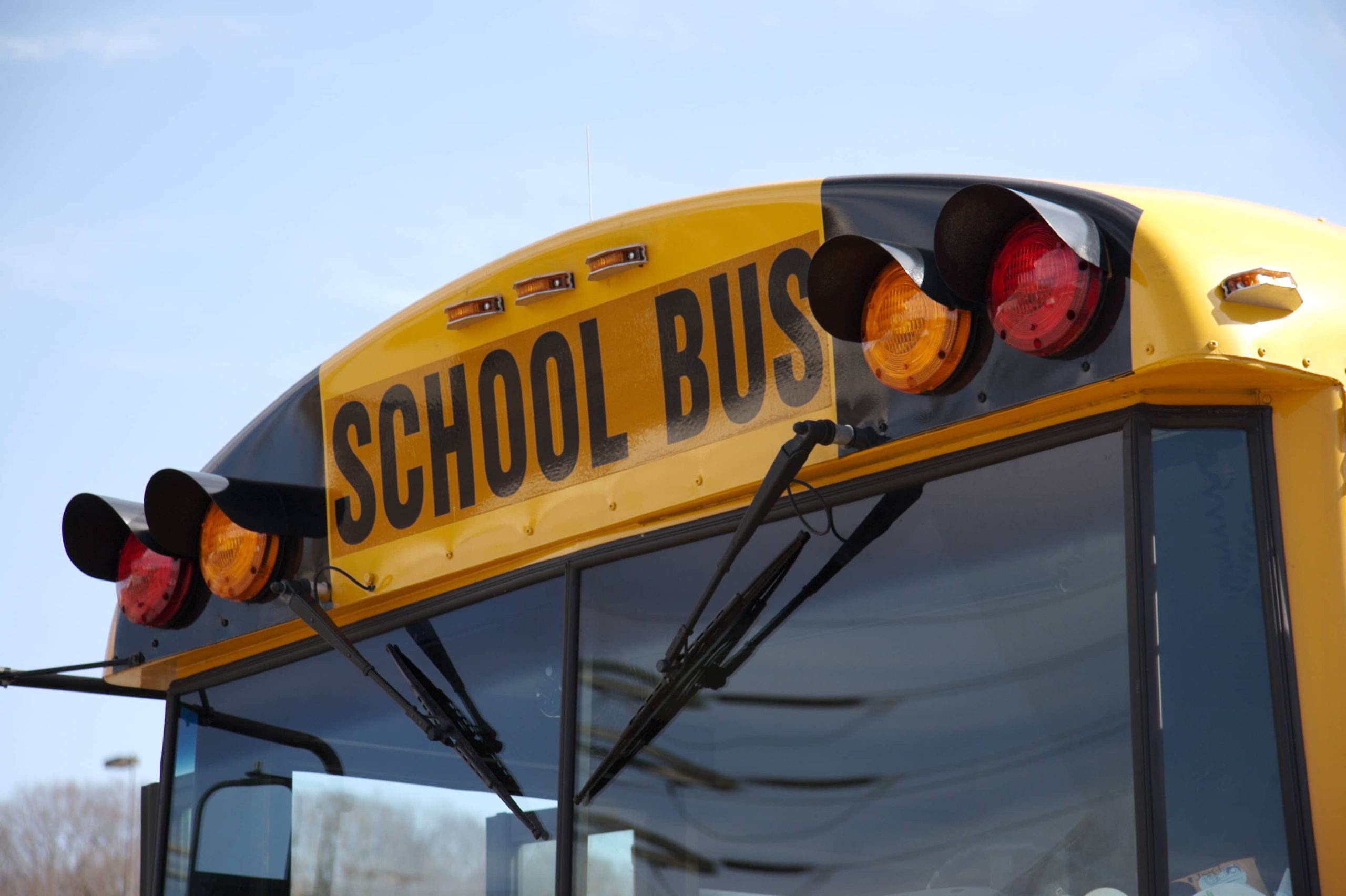
Schools Choose VRV Systems to Improve Efficiency and Comfort
In recent years, the Madison County School system has been making the switch to using VRV technologyin many of their classrooms. And they’re not the only ones. School districts across the country have been installing VRV systems to replace older central heating and cooling. Let’s take a look at why VRV systems work so well for schools. VRV stands for Variable Refrigerant Volume.
See Also: Commercial HVAC Phrases and Definitions
See Also: What are VRV and VRF Technologies?
Saving Money with VRV Technology
School systems’ budgets are almost always tight. There never seems to be enough money for everything that they need. VRV systems can cost more to install than some older technologies. Consider this, VRV is so much more efficient and easy to maintain that it ultimately pays for itself.
According to Tom Mangogna, facilities administrator for the Hazelwood School District in Missouri, installing Daikin VRV systems in their schools meant that they could reduce the capacity of their HVAC system by up to 50% in some buildings.
At West Hernando Middle School in Florida, they monitored energy usage before and after replacing their previous water-source heat pump system with new Daikin VRV equipment. They found that the school’s monthly energy use decreased by 40% thanks to the new system.
A forty percent decrease in heating and cooling costs can add up to millions of dollars saved for an entire school system. Additionally, replacing old systems with new VRV technology can save money on maintenance.
See Also: Adding Value to Your Home by Enhancing Comfort and Efficiency
Then Why Do It?
Mangogna says that one reason they decided to replace their aging systems was that maintenance costs kept rising every year. He describes their new Daikin VRV system as “low maintenance” and says they “don’t have to spend a lot of time on them.”
Installing a new VRV system made maintenance even easier at West Hernando Middle School. There, the old system had required a maze of water pipes and pumps installed above the ceiling. This was difficult to access and repair.
With the new VRV system, the facilities maintenance team is able to access, diagnose, and control the system remotely through a web-enabled dashboard. Saving time on maintenance saves money for the schools too.
Additionally, the web-enabled dashboard allows facilities administrators to monitor data coming in from the system, such as trends in energy usage based on school schedules and weather patterns. This allows them to make adjustments to the system that can save even more energy—and money—over time.
See Also: Air Conditioning the World
VRV Technology Improves the Learning Environment
It is safe to say that saving money is important for school systems. Their number one priority for schools though is helping students learn. Many studies have been done on the significance of the learning environment’s effects on student achievement.
For instance, there was a study published in the ASHRAE Journal in 2006. It found that improved ventilation and cooling down overly-warm classrooms “can substantially improve the performance of a wide range of tasks.” They found that improving comfort has an even more significant effect on children’s performance in the classroom than it does on adults working in an office.
Any teacher can tell you that trying to teach in a warm, stuffy classroom is extremely difficult. Students get drowsy and irritable without cool, fresh air. A classroom that’s too cold might keep students awake. It’s distracting and leads to chilly students getting up and moving around the room more, trying to warm up.
For many schools, the worst comfort problems occur in the spring and fall, when the central system hasn’t been switched over from cooling to heating yet, or vice versa. Teachers may have individual issues in classrooms that are “warm spots” or “cold spots” in the building.
See Also: Should I Close Air Vents in Unused Rooms?
How Does VRV Do It?
VRV technology helps to fix all of this. With a VRV system, each teacher controls their own classroom’s temperature. If the school installs a heat-recovery VRV system, like West Hernando Middle School and the Hazelwood School District both did, then some classrooms can have heat running while others are simultaneously cooling.
This can be a huge advantage for schools with uneven temperatures. The reason for this is often due to exposures, window placements, and other factors. For instance, keep in mind that human bodies produce heat. All other things being equal, a classroom with thirty students in it will be much warmer than a classroom with ten students. This can lead to differing needs for heating and cooling even in classrooms that are right next door to each other.
In addition to temperature, another comfort factor that can have a major effect on student learning is noise. Old, noisy school heating and cooling systems can make it difficult for students to hear and understand their teachers. And they can cause distractions during quiet situations like testing.
As Tom Mangogna notes, VRV systems have the advantage of being extremely quiet and “the teachers love that.” Those teachers understand that installing a VRV system can create a better learning environment, improving student achievement.
See Also: How Major Roads Affect Your Indoor Air Quality
Conclusion
Today, more and more school systems are realizing that the increased up-front costs of VRV technology make sense as a long-term investment for their schools. VRV technology helps school systems save money on energy costs, reduce maintenance, and most important of all, provide a better learning environment for their students.


